Given a distribution, let's say, a gaussian:
import pandas as pd
import numpy as np
gaussian_distribution = np.random.normal(0,1,10_000)
This sample looks like this:
What I want to do is to resample this distribution to somehow get a uniform distribution, so:
Pr(X) = Pr(X+W)
I am not worried with ending with n < 10_000, I just want to remove the distribution peak.
I read something about interpolating a distribution on this one, but I could not figure it out how this works.



